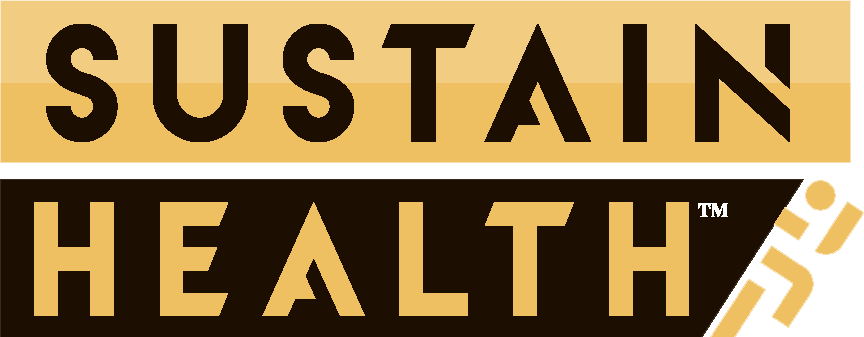KEEP YOUR BODY STRONG to stand up to the test of time. As you get older, the things that make you work, like your muscles that help you move and your bones that give you shape, can be maintained as we age. Sadly, for the majority of midlifers, it is not the case.
Here are some of the most common ways that mid-lifers get hurt.
1 Anterior Cruciate Ligament Tear
The ACL ligament in the knee has torn, causing this injury. One of the bands of tissue that connects the femur to the tibia is the ACL ligament. A torn ACL can be very painful. It can make the knee lose its stability.
2 Carpal Tunnel Syndrome
If your hand hurts, goes numb, or tingles, you may have carpal tunnel syndrome. It happens when the area around your hand’s main nerve is too tight. It is known as the median nerve. It goes through a small space in your wrist called the carpal tunnel.
3 Plantar Fasciitis
The plantar fascia is irritated in plantar fasciitis. This thick band of connective tissue runs along the bottom of the foot between the toes and the heel. It supports the arch of the foot. It gets longer and tighter when the foot puts weight on it.
4 Rotator Cuff Injury
A rotator cuff is a group of ligaments, muscles and tendons in each shoulder. It holds your upper arm bone in your shoulder socket. It keeps your arm stable while allowing it to lift and rotate. Too much stress on the rotator cuff can cause a tear.
5 Shoulder Bursitis
As we age, the pectorals in the chest are more muscular than the rotator cuffs because we lean forward when we sit or do things in front of us, like driving or typing messages on our mobile phones.
The problem is that when the pectorals are too strong, they pull the shoulders forward, which can cause pain, tears, and a type of inflammation called bursitis.
6 Achilles Tendon Overuse
Doctors say staying active as you age is good for your health, but too much activity can also be harmful. One study from the Medical College of Wisconsin found that injuries to the Achilles tendon are more common in active older people, and men over 30 are “particularly vulnerable” in this area.
Patients in their late 40s are most likely to have bursitis in the Achilles tendon, which can cause pain in the back of the heel and a limp when walking.
7 The Tennis Elbow
Tennis elbow is one of the most common injuries in people over 40 who are still active. The injury can be caused by anything from using a computer mouse to playing tennis. It happens when the tendons outside the elbow joint get too tired (hence the name).
8 Hamstring Pull
Most athletes and recreational runners have felt a sharp pain in the back of their thigh from the hip to just below the knee at least once while working out. But even though this sports injury can happen to anyone, a study in the Journal of Sport and Health Science found that age is also a risk factor with the risk of increased damage.
9 Neck Disc Injuries
A cervical disc injury is common in people over the age of 40. It happens when the centre of a disc in your neck leaks out and presses on a nearby nerve root. Most of the time, it’s hard to figure out what caused the injury. Active people are just as likely to get a disc injury as older adults who don’t do much.
10 Frozen Shoulder
Adhesive Capsulitis, more commonly called “Frozen shoulder “, makes the shoulder joint stiff and painful. It usually happens to people who haven’t been able to move their arms for a long time. The Mayo Clinic says that people over 40, especially women, are most likely to have this condition.
It’s easy to fall into the trap of thinking that losing your muscle mass as you age and become more injury-prone is just part of the natural process and there’s not much you can do about it. But I’m here to tell you that we can do something about it to slow this process down and that the decline in fitness performance doesn’t have to be that big!
We all have a mixture of fast and slow-twitch muscle fibres. Fast twitch fibres generate intense muscle contractions that are used for weightlifting. Slow twitch muscle fibres are used for endurance exercises. Slow-twitch muscle fibres replace some of our fast-twitch muscle fibres as we age.
The good news is that resistance/strength training can help reduce injuries by up to 50%, and you build fast twitch muscle fibres and activate your nervous system.





